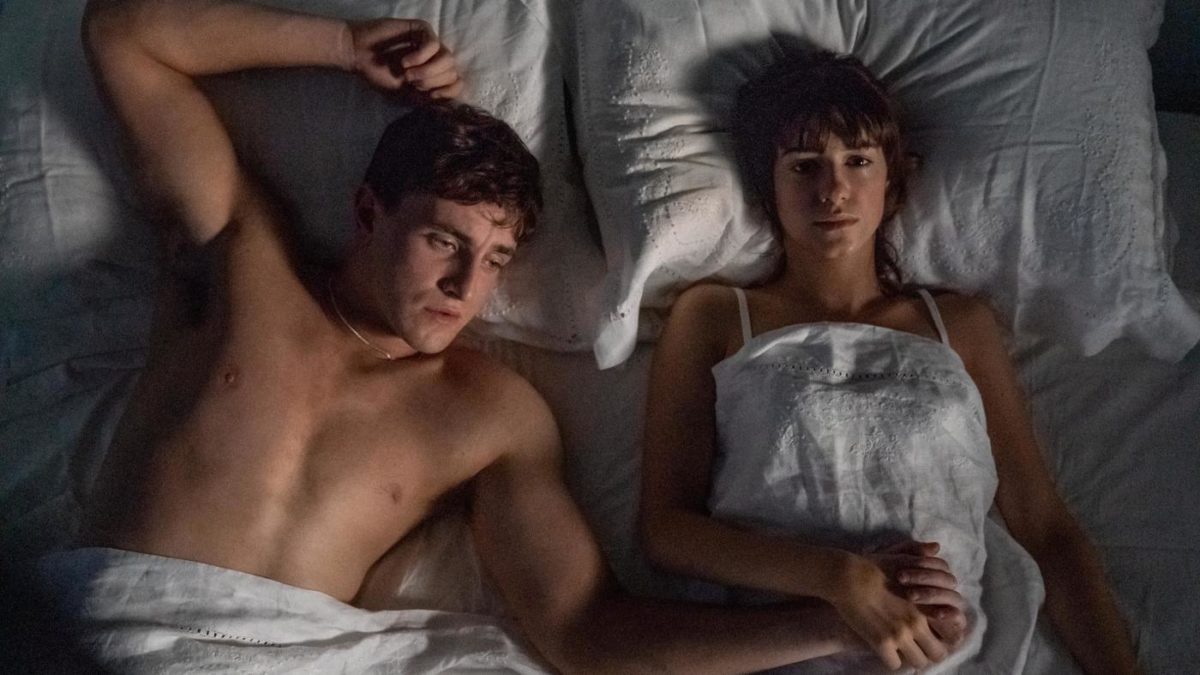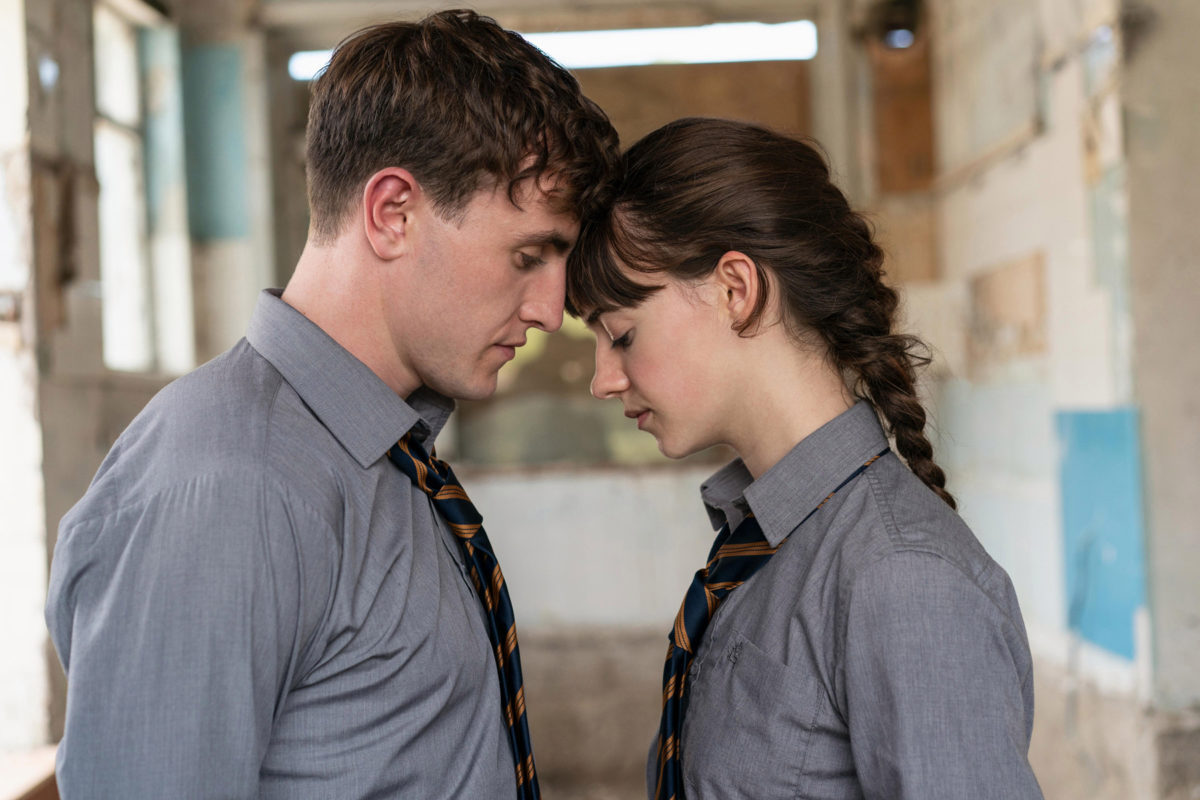Sally Rooney’s novel Normal People has been turned into 12-part series. It’s realistic, accurate, refreshing, and just as good as the book. Try not to binge it too hard.

Sally Rooney’s exceptionally different novel Normal People, blew up after its release in 2018. Why? Because it’s damn accurate. Watching two people, move through life, failing to communicate their feelings to each other is exactly what “normal” people do all the time. Life moves by, and if you don’t speak up about what’s happening inside your mind or your heart, it’ll continue to move by without you.
The novel was quirky, realistic, had so much depth to it, yet it was a breeze to read. Who knew reading a book with no quotation marks wouldn’t be a problem at all? It was seamless.
The show, a 12-part mini-series consisting of 30 minute episodes, was recently released on the small screen. BBC/Hulu/Stan, wherever you choose to stream it from, I can promise you’ll do it in a quick succession. While I still highly recommend that you read the book first (how can you not?), it won’t be that boring experience you sometimes have when watching a novel-based show or film that’s too accurate to the book. We all get furious when the movie or series doesn’t live up to the book. They left things out, you don’t get enough of the character’s mental soundtrack, they cut out some crucial side-line characters. It sucks. But then sometimes they get the plot-line and everything so bang on, scene for scene, it’s almost, boring? Especially if you just finished the final pages. It’s like hello, I already know what happens, excite me!
The Normal People screen adaption is accurate as hell and not the least bit boring. This narrative doesn’t really consist of dramatic plot points, it’s more about time and the chemistry between the two main characters, Connell (Paul Mescal) and Marianne (Daisy Edgar-Jones), that drives the story forward. If you’ve read the book, you know that the connection between Marianne and Connell is undeniable—it’s a magnet that simultaneously draws them together as it pushes them apart. Somehow, they are both the positive and negative ends, all at once. Though, it’s clear, the only thing keeping these two from each other, is themselves.
THERE’S A LOT OF SEX
Reading a sex-scene is so different from watching one. I knew there was lots of sex in the book, it’s the core of their relationship and the best mode of communication for the characters—though, it doesn’t replace using actual words. Seeing it on screen is something else. The chemistry is palpable. The scenes are drawn out, they’re intense and confronting, in some ways. I found it very refreshing to see nude shots of not just a topless female, but a pants-less male. So often in films and television, we’re only shown fleeting shots of the woman during heterosexual sex scenes, and we all know it takes two to tango.

If you haven’t read the book and jumped straight to the series, be prepared for frustration. Most of the time, you’re wanting to pull your hair out and shout at Connell and Marianne to just be. Despite the ongoing failure of not-really-attempting to make their relationship work, all in all, the two care for each other more than anyone else. The story is an accurate portrayal of how people act and lose sight of their voice, their words.
Though, they managed to use their voice when it mattered most: in the bedroom. Yep, back to the sex scenes we go, because there is another element here that I, again, found refreshing. Particularly during their first time. Connell, and Marianne as well, continue to check in with each other. Are you ok? Is this ok? Do you want to keep going? Because heck knows we need to see this kind of behaviour displayed on the screen. Young men, and women, need to know that it’s ok to ask these questions—in fact, it’s kind of sexy. Consent is important and the discussion around it needs to be normalised and not overlooked based on gender or sexuality.
Aside from the nuances in content, this series did wonderful things visually. The shots were wholesome and evocative, the cinematography (Suzie Lavelle and Hettie Macdonald) exquisite for a small-screen production.
“It’s a series of very first-world problems that it depicts … and I appreciate that some people might find the narrative speed a little bit of a slow burn, but I think that misses the point,” says Sam Strong, theatre director and chair of Melbourne Fringe Festival.
When you’ve read the book, you often wonder how people who haven’t might take in the screen version. I felt all of the things I felt while reading the book, intensified. While words can create a long-lasting emotional response, screen stories are immediate. The feelings hit you right then and there, alongside the characters’ emotional responses. There’s no escaping it.

“What this work captures is the sort of halting beauty of first love, in all of its intensity, all of its uncertainty, and it’s something authentic and recognisable,” Strong says.
The story, both on the page and the screen, depicts love during a time of growth. It’s upfront, it’s something new, but it remains relevant and accurate as hell. It might definitely be a “slow burn”, but you’ll still steam through it fast (if you haven’t already).
Subscribe to FIB’s Weekly Alchemy Report for your weekly dose of music, fashion and pop culture news!







